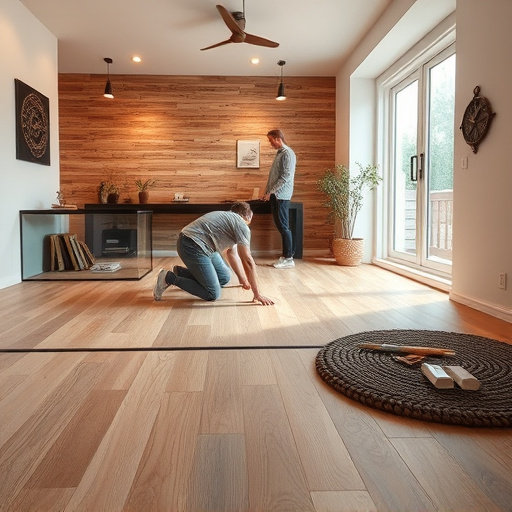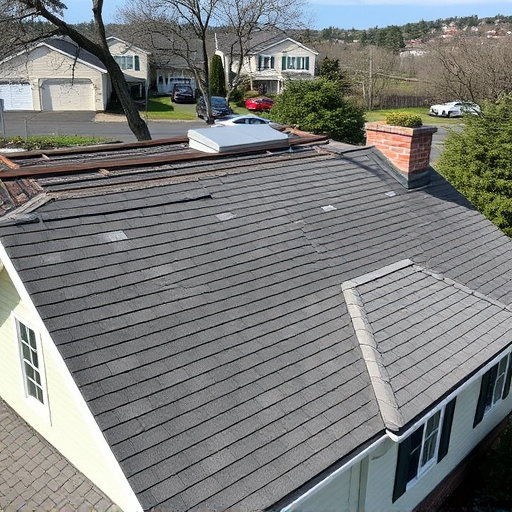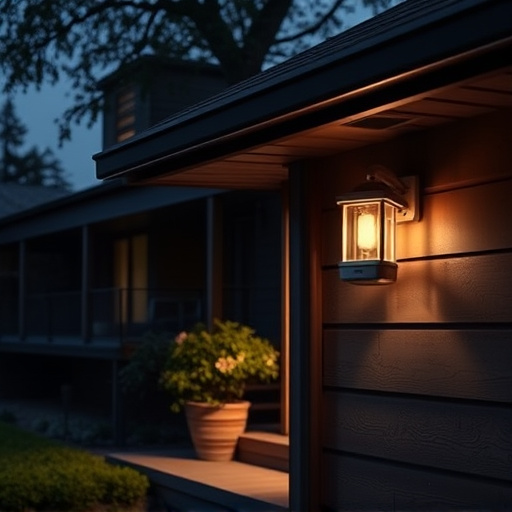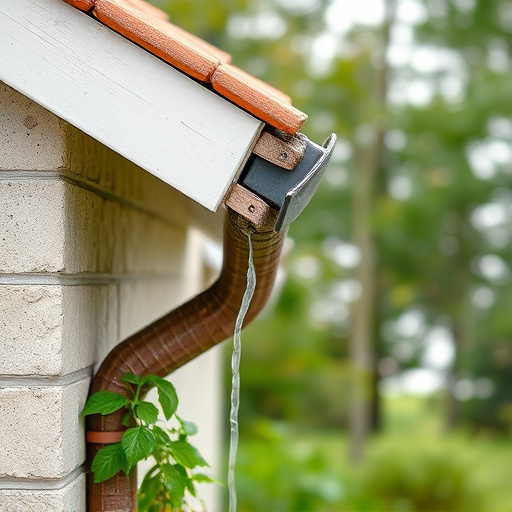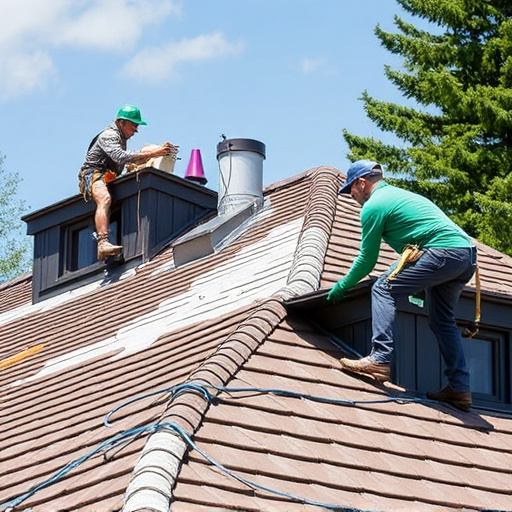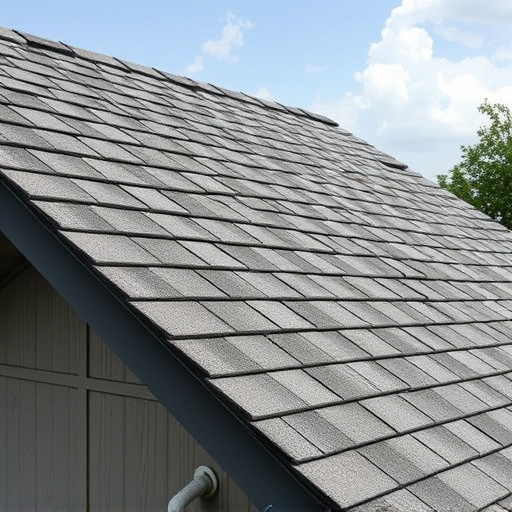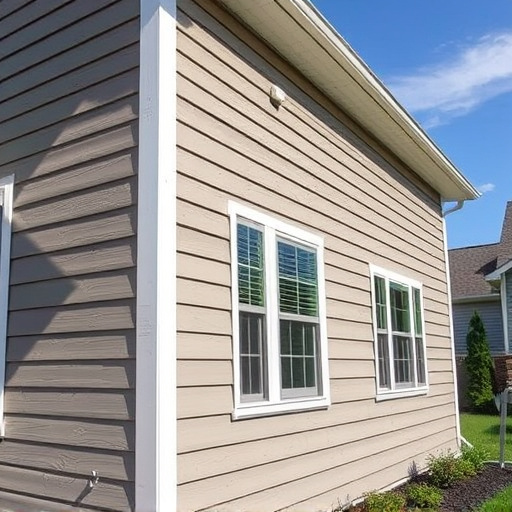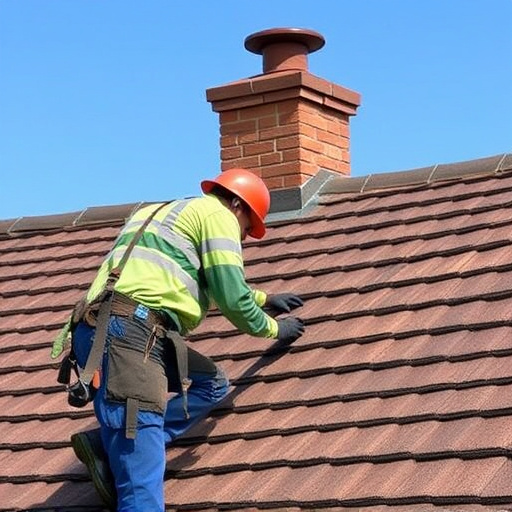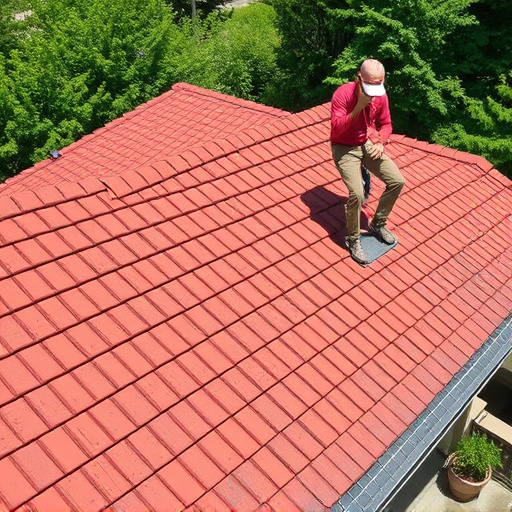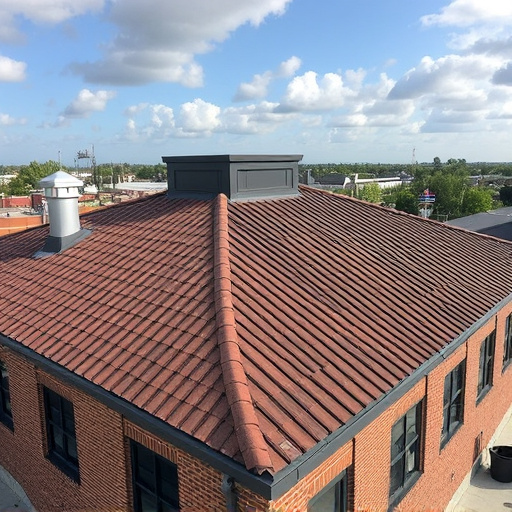Roof maintenance is a critical, often overlooked aspect of property care. Regular inspections and prompt issue resolution, including damaged shingles, leaks, and inadequate insulation, save energy costs and enhance structural integrity. Proper maintenance involves managing siding and gutters for optimal airflow and preventing moisture/heat buildup. Advanced roofing solutions like reflective coatings and enhanced insulation further optimize energy performance. Conducting routine checks and taking proactive measures significantly boosts residential roofing efficiency, reduces utility expenses, and increases property appeal.
Roof maintenance is a powerful, often overlooked, tool in the quest for energy efficiency. An ordinary roof isn’t just a protective barrier; it’s a significant factor in your home or building’s thermal performance. By understanding how roof maintenance can reduce heat transfer and improve insulation, you unlock quick and long-lasting energy savings. This article guides you through essential steps to care for your roof effectively, offering practical tips to navigate the path towards more energy-efficient living.
- Understanding Roof Maintenance and Its Impact on Energy Efficiency
- Key Steps for Effective Roof Care to Reduce Energy Consumption
- Long-Term Benefits of Regular Roof Maintenance for Energy Savings
Understanding Roof Maintenance and Its Impact on Energy Efficiency
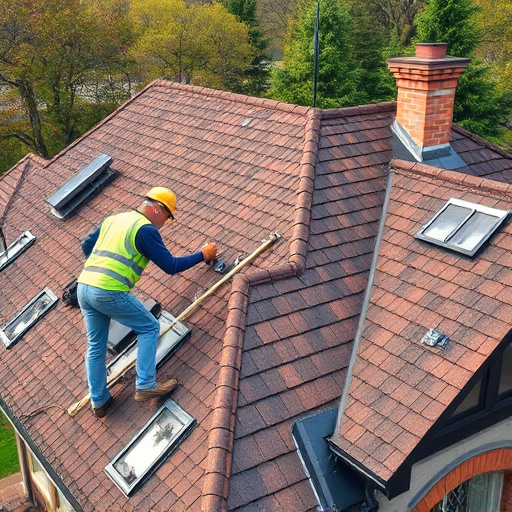
Roof maintenance is an often-overlooked aspect of property care, but it plays a significant role in enhancing energy efficiency. A well-maintained roof acts as a protective barrier against extreme weather conditions and temperature fluctuations, which are primary factors affecting energy consumption. By regularly inspecting and addressing issues like damaged shingles, leaks, or inadequate insulation, homeowners and commercial property managers can significantly reduce energy costs.
Proper roof maintenance also includes managing the condition of siding and gutters. Commercial siding, in particular, contributes to a building’s overall energy efficiency by providing an extra layer of protection against heat transfer. Roofing solutions that incorporate advanced materials and techniques, such as reflective coatings or enhanced insulation, can further optimize energy performance. Similarly, ensuring clean and functional siding and gutters allows for better airflow, preventing the buildup of moisture and heat that can compromise energy efficiency.
Key Steps for Effective Roof Care to Reduce Energy Consumption
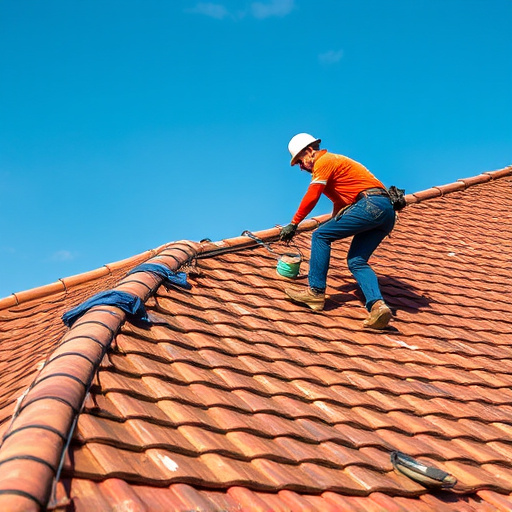
Regular roof maintenance is a powerful tool to reduce energy consumption and lower utility bills. It’s an often-overlooked aspect of home ownership, but with simple, proactive steps, homeowners can significantly improve their residential roofing’s efficiency. Start by inspecting your roof for any signs of damage or wear; this includes missing shingles, damaged gutters, or visible gaps around vents and chimneys. Regular cleaning to remove debris and regular checks for moisture intrusion are also vital.
One effective strategy is to ensure proper insulation and sealing. Check for any loose or damaged insulation and replace as needed. Sealing gaps around fixtures and vents can prevent hot air from escaping, making your heating and cooling systems work less hard. Additionally, consider a siding replacement if your current material is outdated or damaged, as this can improve energy efficiency and the overall aesthetics of your property, enhancing the appeal of roofing services to potential buyers.
Long-Term Benefits of Regular Roof Maintenance for Energy Savings
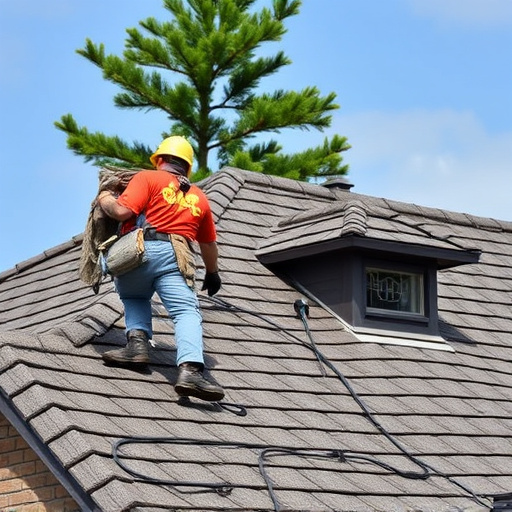
Regular roof maintenance is a powerful strategy to enhance your home’s energy efficiency and lower utility bills. By scheduling routine inspections and addressing issues promptly, homeowners can reap significant long-term benefits. A well-maintained roof ensures optimal insulation, preventing heat loss during colder months and keeping excess heat out in the summer, thus reducing the workload on HVAC systems.
Over time, neglecting roof maintenance can lead to various problems like damaged shingles, leaks, and mold growth. These issues not only compromise the structural integrity of your home but also contribute to increased energy consumption. Storm damage repair, when needed, should be handled promptly to avoid further complications. Professional siding services can also complement roof maintenance by providing an extra layer of protection, improving energy efficiency, and enhancing your home’s curb appeal.
Regular roof maintenance is not just about extending the lifespan of your roofing system; it’s a powerful strategy to enhance energy efficiency. By addressing issues like leaks, damaged shingles, and proper insulation, you can significantly reduce energy consumption and lower utility bills. Investing in routine care is a smart step towards a more sustainable and cost-effective home, ensuring a comfortable living environment while contributing to long-term energy savings. So, why wait? Take control of your roof’s health and reap the benefits of improved energy efficiency today.
